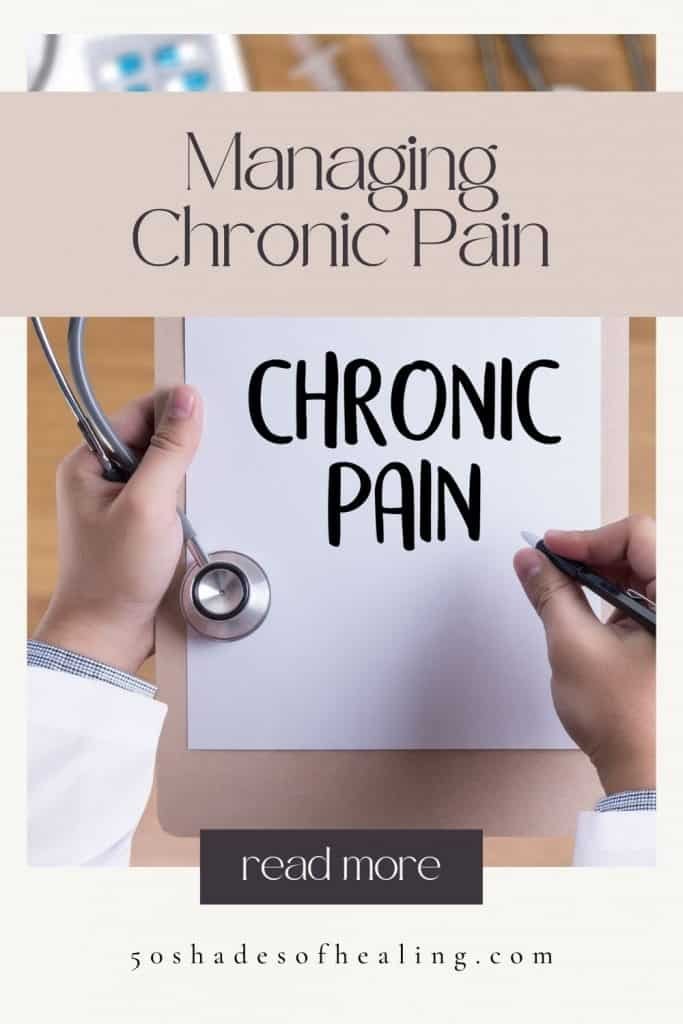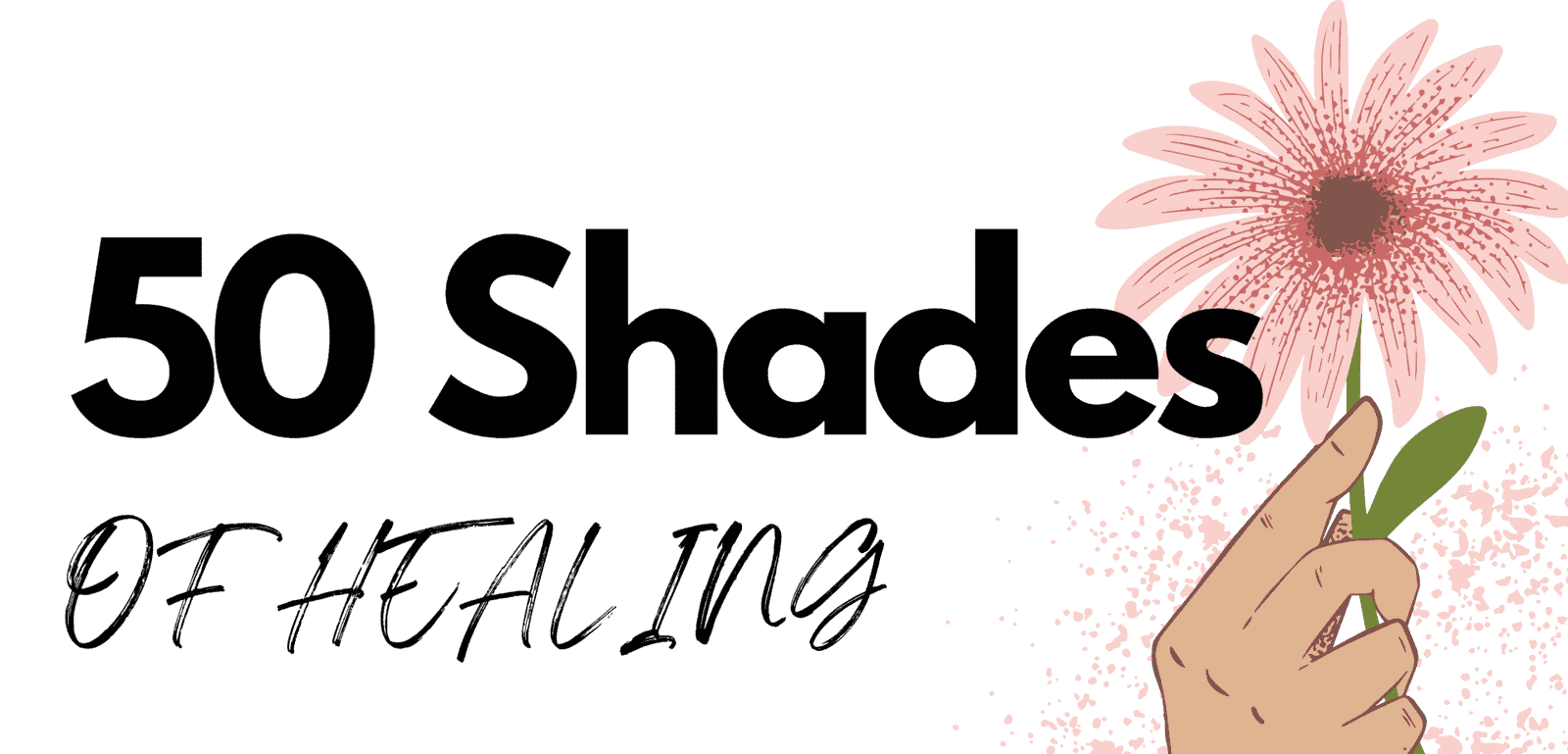Managing Chronic Pain: 6 Alternative Treatments
Painkillers are not always the best solution when fighting chronic pain. More and more people these days are looking for alternative ways to manage their pain on a long-term basis, and choosing treatments that can last beyond just a few weeks of relief.

What Does Chronic Pain Do To a Person
Chronic pain affects more than just your physical health. It can also have a huge effect on mood and mental state, which might be why it’s so common among people who suffer from depression or other psychological disorders like anxiety – the body becomes flooded with stress hormones as a result of this constant pressure!
Chronic Pain Conditions
Chronic pain is not always related to an injury. In fact, many people develop chronic aches and pains after healing from a specific incident such as surgery or infection without any obvious cause for their condition in the past history of that tissue damage would be responsible.
So what does this mean? Well if you’re experiencing mysterious symptoms then it’s best to consult your health care professional before self-medicating with prescription medications which can potentially do more harm than good.
Some of the examples of chronic pain are:
- Low back pain
- Arthritis, especially osteoarthritis
- Headache
- Multiple sclerosis
- Fibromyalgia
- Shingles
- Nerve damage (neuropathy)

Does Chronic Pain Go Away
Unfortunately, there is no cure for chronic pain – at least not yet. Just ways for you to manage chronic pain.
Finding the right treatment for chronic pain will help ease some of the chronic pain symptoms.
There are many causes and treatments out there; some that can stop the symptoms if identified correctly (like treating arthritis) while others help ease them lessening their severity overall by making lifestyle changes like exercising regularly or following proper nutrition guidelines.
Here are six alternative treatments to help you handle your chronic pain.
Acupuncture

This is one of the most popular treatment methods for chronic pain because it is quite effective at treating both acute and chronic situations without having any severe side effects or withdrawal symptoms.
It works by stimulating nerve endings in the skin and muscles via needles, which has been shown to reduce tension, increase circulation and increase endorphins in areas that need it the most like joints, nerves, or muscles.
You can have it done at a clinic or even have a friend take care of it for you.
Acupuncture, which has its origins in China, involves the insertion of needles along specific meridians in various parts of the body.
It’s believed that by doing this, certain blockages are removed and energy flow is restored.
This results in an overall boost to the immune system and an increase in a person’s physical and emotional well-being.
Studies have shown that people who regularly see an acupuncturist respond better to conventional treatments like chemotherapy and radiation as well as experience improved quality of life.
Yoga

Some people might say that yoga is just stretching, but when it comes to chronic pain, it is so much more than that.
Yoga has been shown to increase flexibility through the use of various poses and positions, which can help reduce stress and tension and relax stiff muscles in the process.
This can help improve your range of motion when it comes to everyday activities or sports, especially if the pain is in your back or knee joints.
You can get started with this by joining a yoga class on a regular basis, or simply practicing these poses on your own in the comfort of your own home.
Chronic pain can often lead to insomnia and depression, which can then worsen the general quality of life for the person experiencing it.
Yoga is becoming an alternative method for managing this issue by providing physical exercise that helps improve mood and relieve stress from chronic pains such as arthritis or migraines.
This article will cover the main benefits of practicing yoga, as well as provide tips on how to start.
Yoga gives many physical benefits to chronically ill individuals. Some of the physical benefits include a stronger immune system, increased blood circulation, and improved flexibility.
Yoga helps with flexibility because through poses it stretches and strengthens the muscles, tendons, and ligaments in your body.
This makes yoga an excellent exercise for people with injuries or disabilities that cause reduced flexibility.
For example, many people with chronic pain have a limited range of motion in their joints due to having arthritis or other similar diseases.
Massages

This is a very potent method for dealing with chronic pain, mostly because it can be done by a professional to relax sore muscles.
This can also be done on your own, and it helps decrease inflammation in the body as a result of stress and tension.
You can have it done at a clinic or from someone that you go to see once or twice per month.
According to the APTA, massage therapy reduces activity in the sympathetic nervous system, which is responsible for the “fight or flight” response.
This lowers heart rate and blood pressure, as well as reduces stress hormones such as epinephrine and cortisol.
This type of response also triggers a positive response from the parasympathetic nervous system, which is responsible for relaxation and rest.
It signals the release of endorphins that can act in the brain like natural painkillers or reduce anxiety.
In addition to these benefits, massage also provides people with an opportunity to address physical symptoms of chronic pain in a non-threatening way.
Because a massage therapist is not a medical doctor and does not follow medical procedures for diagnosis or treatment, a person who feels stigmatized or anxious about their condition has an opportunity to work through these feelings in a positive, comforting way.
Massage therapy also helps people feel more connected with friends and family. Receiving support from loved ones encourages people to take on the challenges associated with living with chronic pain.
Massage is also an activity that people can do together as a couple or family members, which improves the quality of relationships by making them stronger and more connected.
Herbal Remedies

Herbal Remedies when combined with conventional medicine can reduce the side effects and increase treatments for chronic pain.
There is currently no non-prescription cure for chronic pain, but it can be managed and controlled with herbal remedies.
Herbal remedies derived from plants and herbs have been used to relieve pain since ancient civilizations, such as the Egyptians and Greeks.
However, there are studies that show that incorporating herbal remedies can decrease the frequency of use of drugs such as morphine or oxycodone.
This is because the active components of herbal remedies such as ginger, capsaicin, and ginseng are more effective at reducing inflammation and other painful symptoms than placebo treatments.
The active ingredients in herbal remedies are not potent enough to cause significant side effects, unlike powerful prescription drugs.
This helps patients who want to avoid negative side effects by using herbal remedies instead of more potent conventional medicines
Weight loss

One of the most obvious options when it comes to managing chronic pain is weight loss because of its multiple benefits in this situation.
Obesity can cause many symptoms across many different areas of your body, like having pain in joints or experiencing back pain because they are too heavy.
It is recommended that you lose at least 10% of your initial weight before starting an exercise program, which will help prevent injuries in the first place.
Losing weight will help relieve chronic pain by reducing inflammation in your body caused by having excess fat cells around your organs for too long a period of time.

If you have high blood sugar levels, this can cause damage to your blood vessels and nerves, which can also lead to inflammation.
Lowering your blood glucose by losing weight will help to relieve the constant pain.
Managing chronic pain is an individual thing that everyone has different ways of doing.
You should consult your physician before starting any new diet program or exercise routine and get a full exam to make sure that you are not putting yourself in danger while taking action against your condition.
Once you’ve decided what course of action is right for you, you can start using these tips on how to lose weight fast through dieting and exercising.






